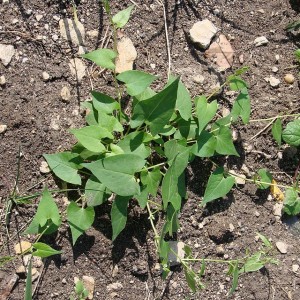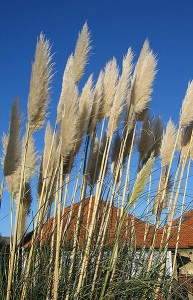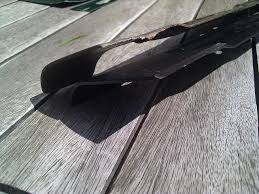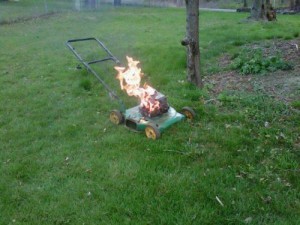We hate to say the following words — but summer will soon be over and autumn is waiting just around the corner. Because of that, your lawn and garden need to be prepared for the upcoming cooler weather so you’ll have a lush, green yard next year. It doesn’t take too much work, as maintenance is far easier than letting things go and facing a mountain of work. In this Mower Source post, we’ll go over some of the things you’ll have to start looking at in the coming weeks to prepare your garden for the fall.
Get Rid of the Weeds
By far, one of the most important things you can do for your lawn and garden is keeping it free of weeds. You can use pesticides, but there’s no guarantee you’ll hit every single pest. Plus, dousing your lawn and garden in pesticides doesn’t exactly provide a hospitable environment for grass and plants to grow and thrive.
As much as everyone hates pulling weeds, it’s really the best way to go. The thought of bending down and yanking weed after weed is something that few people look forward to, but that’s because they don’t do it right. Instead, follow these tips to make the job much easier:
Treat the Soil
If you live in a northern state, like Wisconsin or Minnesota, you’re not used to year-long sunshine that’s strong and powerful. And if you go on vacation somewhere where the weather is like that, like Hawaii, then your skin will throw a little hissy fit. You know this, and prepare your skin by slathering on sunscreen.
Do the same for your soil, giving it a protective coating for the impending cooler air. Soil particularly likes compost and cover crops, with a thin layer of topsoil raked over a little bonus. For your grass, wait until the leaves start falling and then use your lawn mower to turn it into mulch. These measures are a little bit of rejuvenation for your lawn and garden, and help prime it until the sun pokes out again next spring.
Plant Cool Season Grasses
This tip applies to states where cooler weather is a regularity, not an exception. Putting in cool-season grasses — those that do the majority of their growing when the weather is cooler (not necessarily cold) rather than warmer. Some of the grasses you’ll be looking at include fescue and rye, and by planting before the frost hits, you’ll be giving the seeds a chance to spread and take root.
You’ll also want to apply a slow-release fertilizer, giving your grasses an extra bit of carbohydrates so they can stay “fed” during the cold months. It’s not a necessary step to take, but it will give your lawn a boost in looking healthy come spring.
And if you want to plant ornamental grasses for a gorgeous autumn look, try out fountain grass, red switch grass, feather reed grass or flame grass for amazing color and texture.










